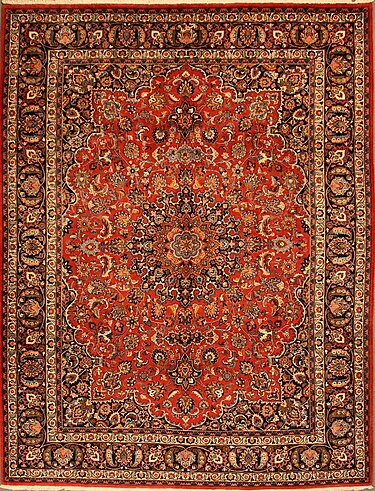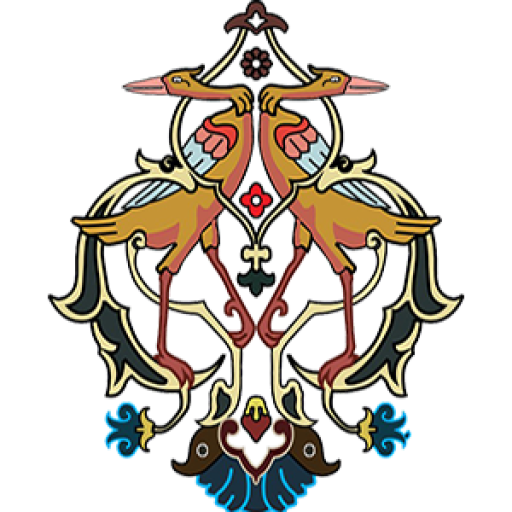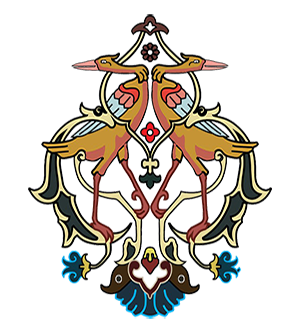Iranian carpet, an enduring work of art in Iran’s cultural


Since ancient times, Iran has been the center of arts from which other artists of other nations have drawn fundamental inspiration and reproduced them in some way. After Islam, Iran became the leader of other Islamic countries in the weaving industry, and Iranians, as technical instructors of the countries with which they had commercial relations, have left stylistic and lasting influences in Europe, the Caucasus, Iraq, Egypt, the Levant, India, the Far East, China, and so on. Carpets are one of the original and indigenous arts of Iran, as evidenced by the Pazyryk carpet from the Achaemenid period. The carpet industry, the second largest industry after oil, covered one-third of Iran’s population (about ten million people) during the Pahlavi period. Strengthening and expanding this industry in Iran in the field of exports by attracting its audience in other countries can be transformative in the economic field. Among the carpets woven in different cities and regions of Iran, the Qom carpet has a special place. There are many home workshops in the city of Qom and its surrounding villages. Today, the Qom carpet is famous in the world markets for its delicate texture, original design, and solid and beautiful coloring. The fame and acceptance of the Qom carpet is such that even carpet weavers from countries such as India, Pakistan, and China have adapted its designs and put copied carpets on the market. The carpet weaving industry of Qom has always been famous for using beautiful and eye-catching colors. The role of women as the main agents of carpet weaving in the history of this industry is very valuable. In this article, by exploring the carpet industry and its role in history, The cultural history of Iran focuses on the status of the Qom carpet and emphasizes the preservation and development of local industries.
Machine summary:
In this article, by exploring the carpet industry and its role in the cultural history of Iran, the status of the Qom carpet is addressed and the preservation and development of local industries are emphasized. Regarding the cultural history of carpets, interdisciplinary information allows us to reach a specific semantic system that includes the traditions and rituals of carpet weaving, its formation, and the reasons for its development from ancient times to the present as an art and culture that has been unique to Iran, and the reason for the continuation of the beautiful tradition of carpet weaving and the continuation of its industry and its effects on the country’s economy, and to analyze the peaks and valleys of its industry in historical periods. In these carpets, creams with colors of cream – light red – dark and light blue – pistachio green and pink were used in a special harmony, while the use of plants and natural dyeing raw materials in dyeing the creams of the Qom carpets has multiplied their beauty and appearance (ibid., 19). Dyes used in Qom carpets The Qom carpet industry has always been famous for its beautiful and eye-catching colors. The natural dyeing raw materials that have been traditionally used in Qom since ancient times include: 1- Pomegranate peel: This material, which is found in abundance in Qom province, is used in dried and powdered form to produce dark yellow, cream, and pea colors. Conclusion: Currently, 237 works have been registered on the UNESCO Intangible Cultural Heritage List, among which are the traditional skills of Iranian carpet weaving.



